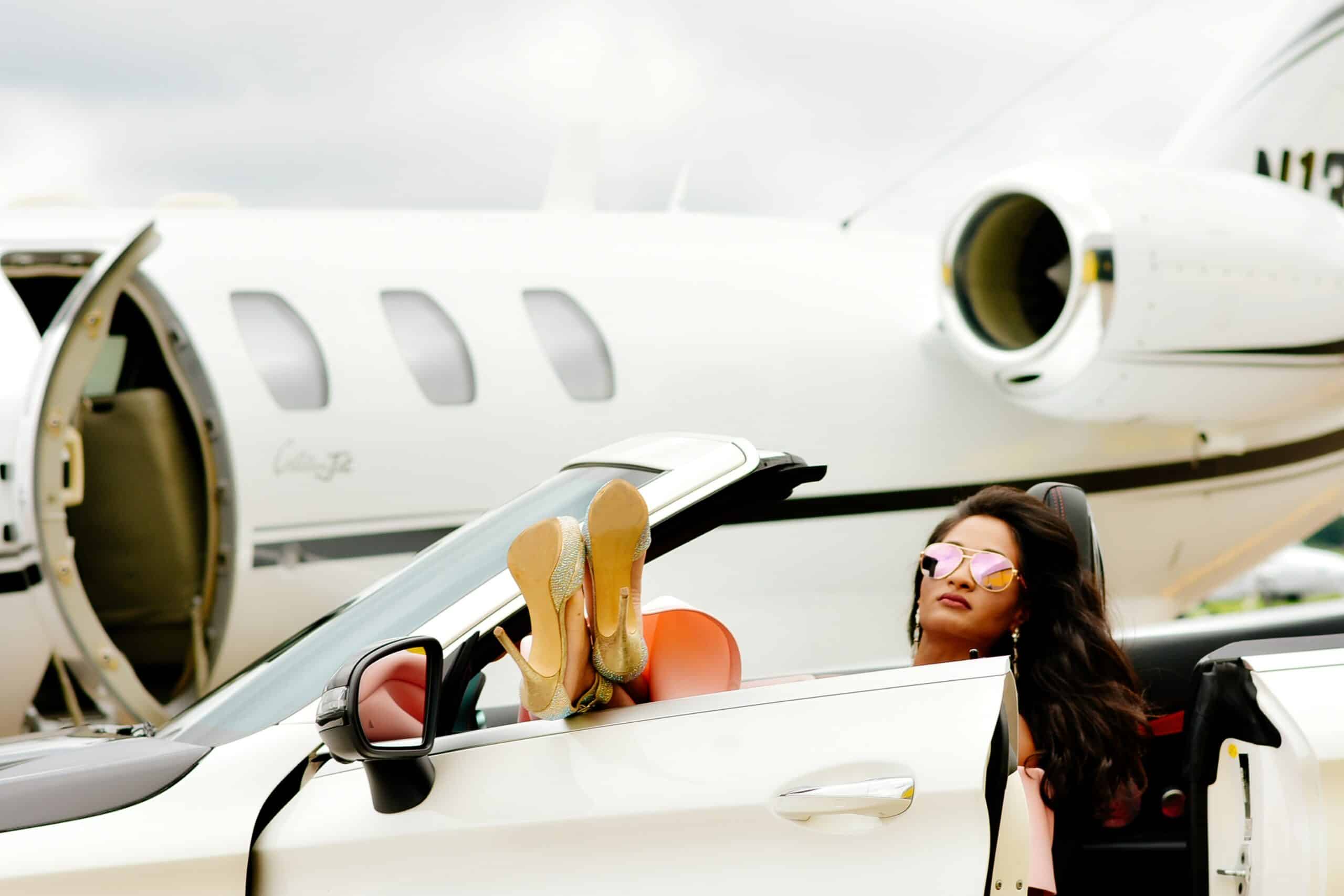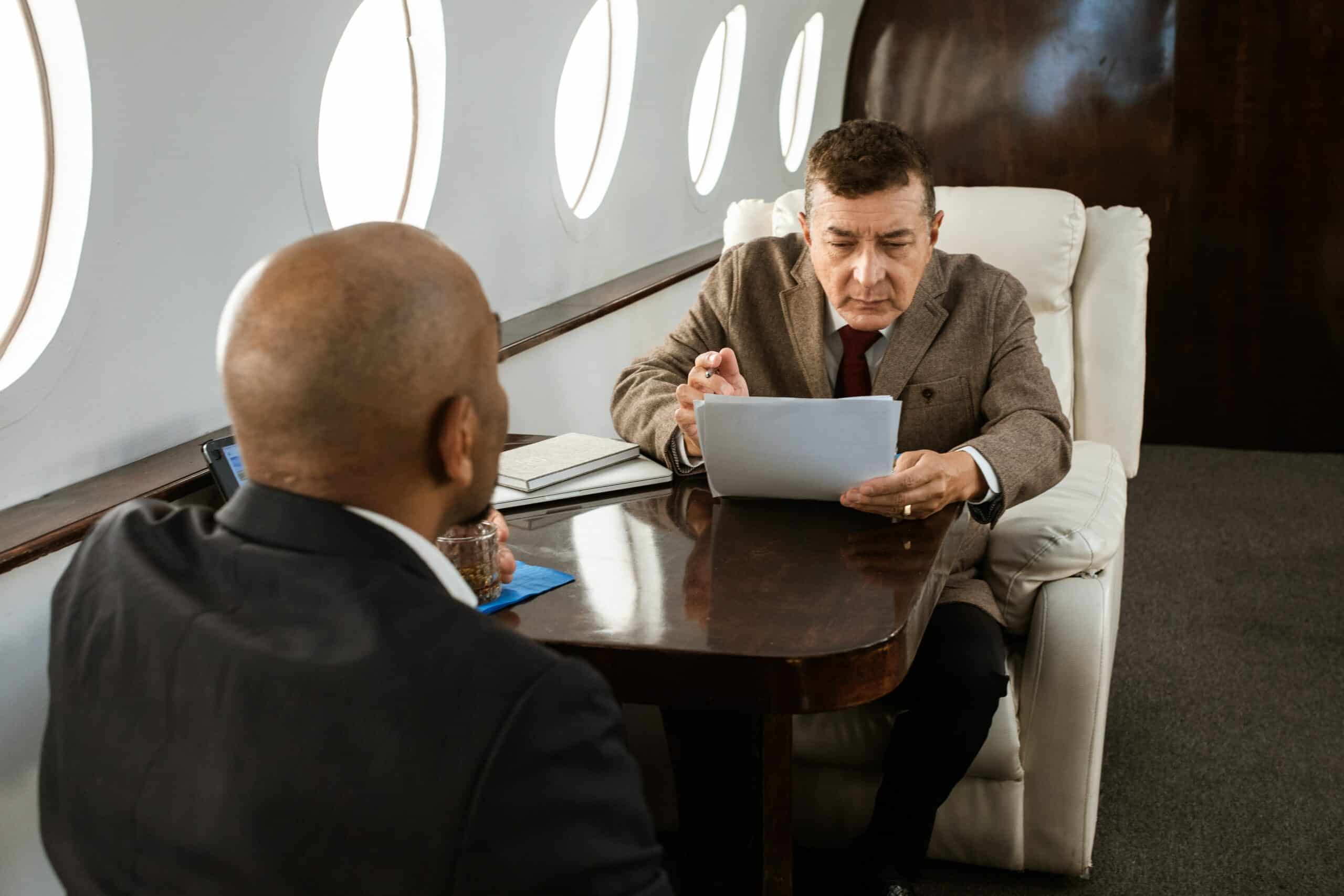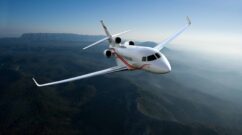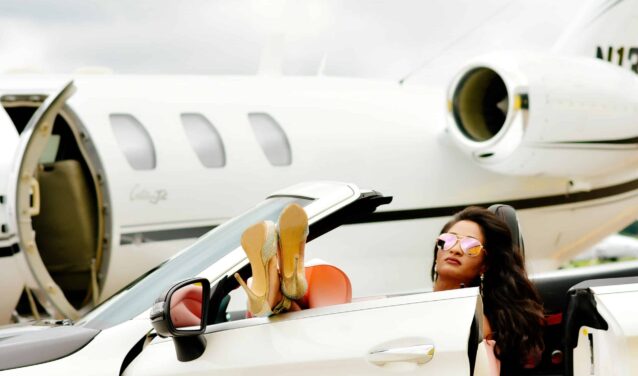In the 21st century, global warming is no longer an issue. Clearly, air traffic has its share of responsibility. But at a time when people are being asked to tighten their belts in terms of energy consumption, in particular by choosing to travel by train rather than by plane. Super-stars like Kylie Jenner make excessive use of their private jets, for very short distances.

Private jet emissions in practice
Carbon emissions from private jets account for 2% of global emissions. In recent years, with the boom in business aviation, their C02 emissions have risen by 31% in Europe. What’s more, according to the European Federation for Transport and Environment, private jets are 50 times more polluting than trains. Even if 2% of emissions seem low compared with the biggest carbon emitters, all these analyses make us legitimately question the use of private jets.
The use of private jets by the stars
Stars’ private jets: who uses them most?
The Yard Group recently published a ranking of celebrities’ carbon footprints. Top of the list is Taylor Swift, with 8,293.54 tonnes of C02 for 170 flights. The list also includes such household names as Jay Z (6,981.3 tonnes for 136 flights), Steven Spielberg (4,465 tonnes for 61 flights) and Kim Kardashian (4,268.5 tonnes for 57 flights). The latter’s family, the Kardashian-Jenner clan, never ceases to create a buzz about the use of their private jet.
Some of these stars defend their use of private jets, like Taylor Swift, explaining that she lends her jet and is not the only user. An argument that does little to appease the anger of those who tighten their belts in their daily energy consumption.
A celebrity’s everyday life like no other
But even if we understand that stars have busy, constraining daily lives, and that private jets are one of the best solutions for them. But it’s the misuse of private jets that’s causing such a stir. In fact, Kylie Jenner, one of the sisters in the Kardashian-Jenner clan, recently caused quite a stir. She used one of these private jets to make a journey lasting just 15 minutes. This journey could have been made in 50 minutes by car. But other stars use their private jets in this way. Singer Drake and boxer Floyd Mayweather also indulge in the practice.
The real use of private jets

While private jets are thought to be used by the biggest stars, such as singers and footballers, the reality is quite different. In fact, most business aviation customers are business leaders, politicians or common people 99% of the time. But very few big celebrities – they make up less than 1% of the customer base. This 1% captures 99% of media attention.
To understand why we need to include the reasons for using a private jet in our analysis ,we first need to understand that using a private jet is a guarantee of security and confidentiality.
For politicians, for example, it’s easier to ensure their safety aboard a private jet than an airliner. Secondly, flexibility. There are 9,000 airports and heliports in the world. What’s more, waiting time at an FBO is just 20 minutes, as opposed to 3 hours at conventional airports. This is a real time-saver, especially for businessmen and women/politicians who have to deal with urgent matters.
In the final analysis, private aviation should not be banned. It’s used for medical evacuations, to sign strategic contracts or in the event of a factory breakdown.
We might also add that business aviation in general does not only include this type of clientele. There are, of course, the players we mentioned earlier. But there are also air freight or cargo planes, medical flights and flights for groups of people. Some of these trips are essential to the geopolitical, economic and health functioning of a country.
The aviation of tomorrow

It’s clear that the aviation industry must assume its share of responsibility for climate change. That’s why the emergence of new technologies and new solutions is an invaluable key to the sector’s sustainability.
One such solution is the Sky Co2 carbon offset program. This program enables customers to pay compensation for what they consume during their flight. Some airlines are already including it in their tickets.
What’s more, some progress has already been made. From 1990 to 2020, we are at 54.3% less CO2 per passenger-kilometer. The first Alice electric private jet has been launched.Ecopiloting is a new fuel-saving technology that adapts the aircraft’s handling to its environment. Finally, the weight of private jets is being reduced. In particular, seat loads have been reduced by 20%, which means less energy is used.
But the solutions don’t stop there. The one that will be most important in the years to come is science. Indeed, technological advances are important and are developing more and more. As is the case with bio-fuel, hydrogen and hybrid private jets, which will soon be making their appearance, or even wings modified to improve lift.
In other words, human beings are constantly making progress. We try to do everything we can to find solutions to the problems that surround us, and sometimes those that we create ourselves.
At AEROAFFAIRES we offer you the best experience in private aviation and we allow you to offset your carbon footprint with our SkyCo2 program. For all business aircraft charter requests, please contact us on + 33 1 44 09 91 82, by e-mail: charter@aeroaffaires.com or fill in our online quote. We’ll get back to you as soon as possible.
Frequently asked questions about private jets and ecology
How do private jets offset their carbon emissions?
Many private aviation companies, such as AEROAFFAIRES, now offer carbon offset programs such as Sky CO2.
These initiatives enable passengers to calculate the emissions generated by their flight and finance environmental projects (reforestation, renewable energies, etc.) to neutralize them. While this does not eliminate direct pollution, it does help to partially balance the ecological impact.
However, some critics believe that this solution should not be used as a “license to pollute” without concrete efforts to reduce emissions at source.
Why do celebrities use private jets so much for short trips?
Beyond simple comfort, the reasons include safety imperatives, overloaded schedules and confidentiality. A star like Taylor Swift, for example, may need to keep a string of concerts going without risking commercial flight delays or uncontrollable airport crowds.
However, very short journeys (like Kylie Jenner’s 15 minutes) raise questions about the real need, especially as alternatives such as helicopters or armored vehicles exist for local travel.
Are private jets really more polluting than airliners?
Yes, by far. A private jet emits on average 10 to 20 times more CO2 per passenger than a commercial flight, according to the European Environment Agency.
This is due to the low occupancy rate (often 2 to 5 passengers, compared with several hundred on a commercial jet) and high fuel consumption due to performance (speed, altitude).
For example, a Paris-Nice flight in a private jet can emit as much as one year’s heating for an average household.
Are there environmentally-friendly alternatives to traditional private jets?
Solutions are emerging, but they remain marginal:
- Electric or hybrid jets: Like the Alice, the first 100% electric jet, but with a limited range (around 1,000 km).
- Biofuels: Some companies are testing them, but production is still costly and controversial (use of agricultural land).
- Ecopiloting: Optimizing flight paths and fuel consumption.
For the time being, rail (especially high-end lines such as the Orient Express) remains the cleanest alternative for overland travel, but it does not meet intercontinental or emergency needs.
Are private jets indispensable for certain professions?
Yes, in certain cases:
- Medical emergencies: transport of organs or critical patients to specialized hospitals.
- Diplomatic or humanitarian crises: Rapid movement of executives or teams to remote areas.
- Industry: urgent maintenance of industrial sites (e.g. a breakdown in an offshore plant).
However, these “essential” uses represent a minority of flights. The line between necessity and luxury is often blurred.
Why do the media focus on celebrities and not on other users?
Celebrities attract attention because their lifestyles are closely followed, and their (sometimes ostentatious) journeys symbolize inequalities in the face of the climate emergency.
An anonymous CEO who emits as much as a celebrity won’t make the headlines, because his or her impact is less “visible”.
Can we regulate the use of private jets without harming the economy?
A number of avenues are being explored:
- Ban on short flights: as in France for commercial routes (e.g. Paris-Bordeaux) if a train alternative exists.
- Reinforced carbon taxes: Charge the true ecological cost, as proposed by the EU’s Emissions Trading Scheme.
- Emissions quotas: Impose an annual limit on airlines, with fines for exceeding it.
However, the industry points out that this would penalize SMEs that depend on business aviation for their operations.
Will private jets disappear with the climate crisis?
Not in the short term, but societal pressure and technological innovations could :
- Reduce the number of private jets through user-sharing (e.g. co-platforms);
- Replace fleets with less-polluting aircraft (hydrogen, electric);
- Reserve them for “critical” uses.
Tomorrow’s great luxury may no longer be to fly in a jet, but to be able to boast a zero carbon footprint.






